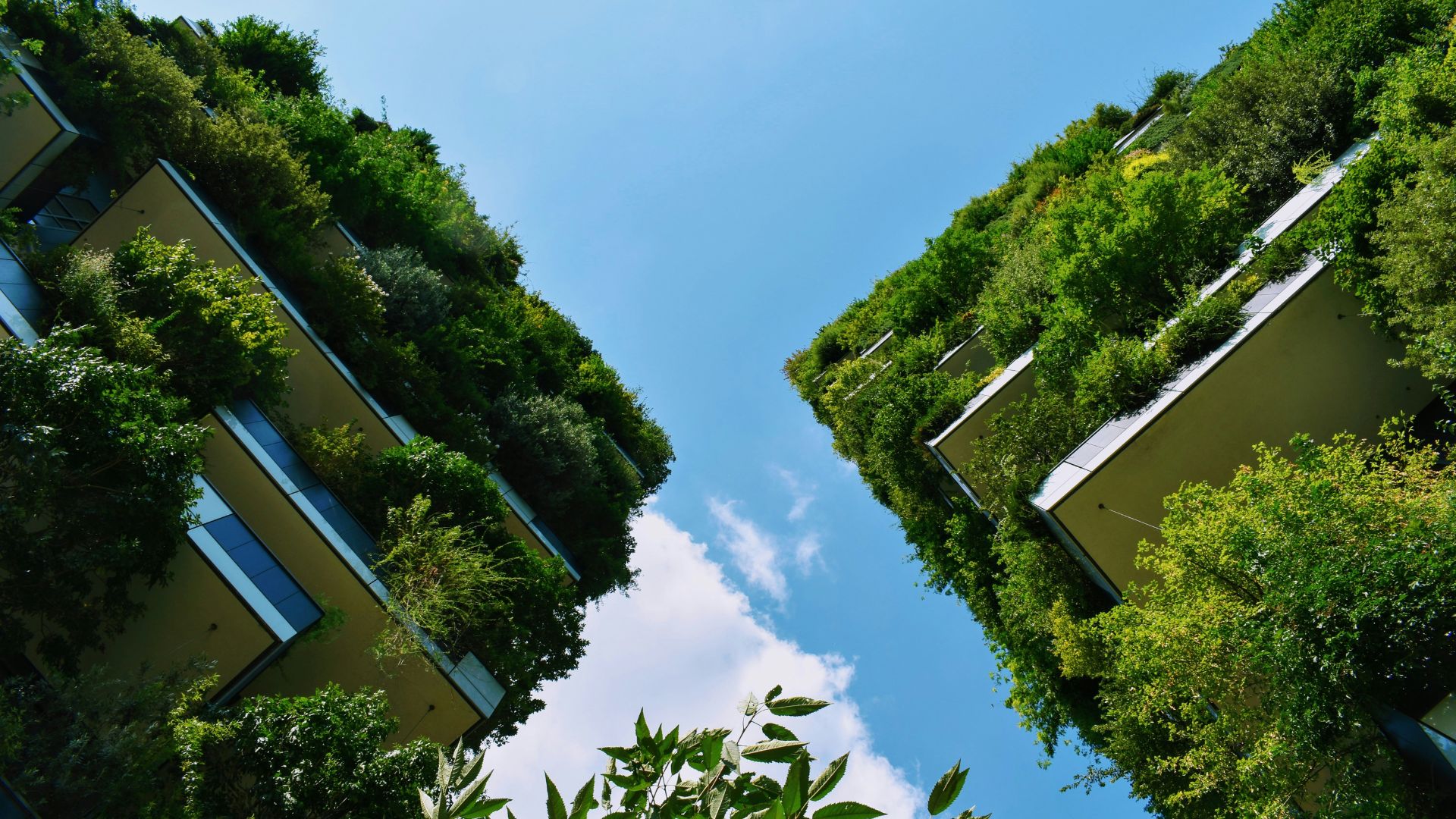
Traveling to Italy recently, we discovered the incredible Bosco Verticale: a skyscraper which is a living forest! What an incredible piece of architecture.
This is the first example of a ‘Vertical Forest’ (il Bosco Verticale). It was inaugurated in October 2014 in Milan in the Porta Nuova Isola area, as part of a wider renovation project led by Hines Italia.
Milan’s Vertical Forest consists of two towers of 80 and 112 metres, hosting 480 large and medium trees, 300 small trees, 11,000 perennial and covering plants and 5,000 shrubs. The equivalent – over an urban surface of 1,500 m2 – of 20,000 m2 of forest and undergrowth.
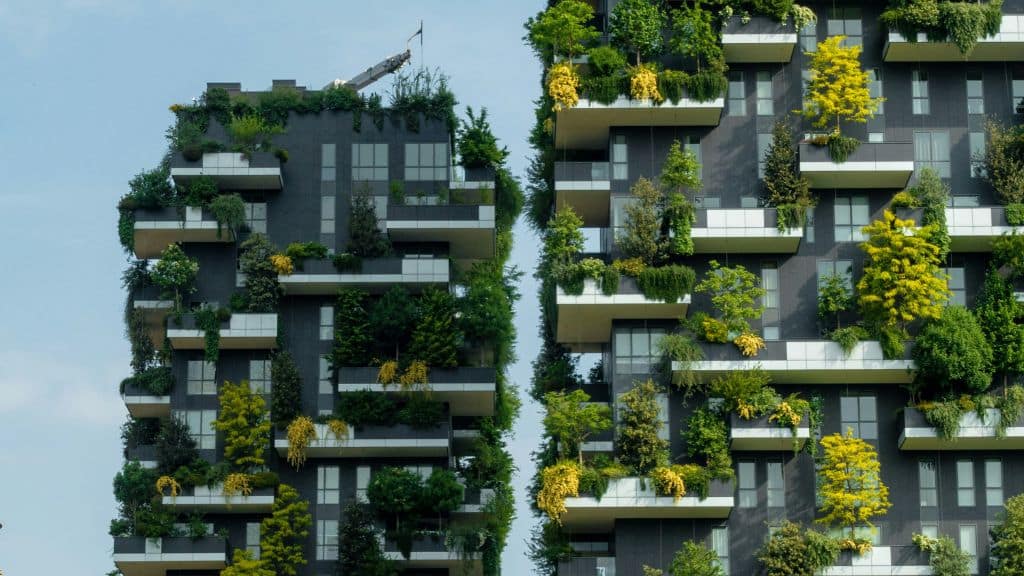
The idea behind the Vertical Forest
Vertical Forest is a model for a sustainable residential building, a project for metropolitan reforestation contributing to the regeneration of the environment and urban biodiversity without the implication of expanding the city upon the territory. It is a model of vertical densification of nature within the city that operates in relation to policies for reforestation and naturalization of large urban and metropolitan borders.

The first example of the Vertical Forest consisting of two residential towers, was realized in the centre of Milan, on the edge of the Isola neighborhood, hosting the shrubs, plants and the 800 trees (each measuring 3, 6 or 9 meters).
What is interesting is that the wide range of shrubs and floral plants are distributed according to the sun exposure of the facade.
On flat land, each Vertical Forest equals, in amount of trees, an area of 20,000 square meters of forest. In terms of urban densification it is the equivalent of an area of a single family dwelling of nearly 75,000 sq.m. The vegetal system of the Vertical Forest contributes to the construction of a microclimate, produces humidity, absorbs CO2 and dust particles and produces oxygen.
How does the Bosco Verticale work
Biological habitats
Vertical Forest increases biodiversity. It helps to set up an urban ecosystem where a different kind of vegetation creates a vertical environment which can also be colonized by birds and insects, and therefore becomes both a magnet for and a symbol of the spontaneous re-colonization of the city by vegetation and by animal life. The creation of a number of Vertical Forests in the city can set up a network of environmental corridors which will give life to the main parks in the city, bringing together the green space of avenues and gardens and interweaving various spaces of spontaneous vegetation growth.
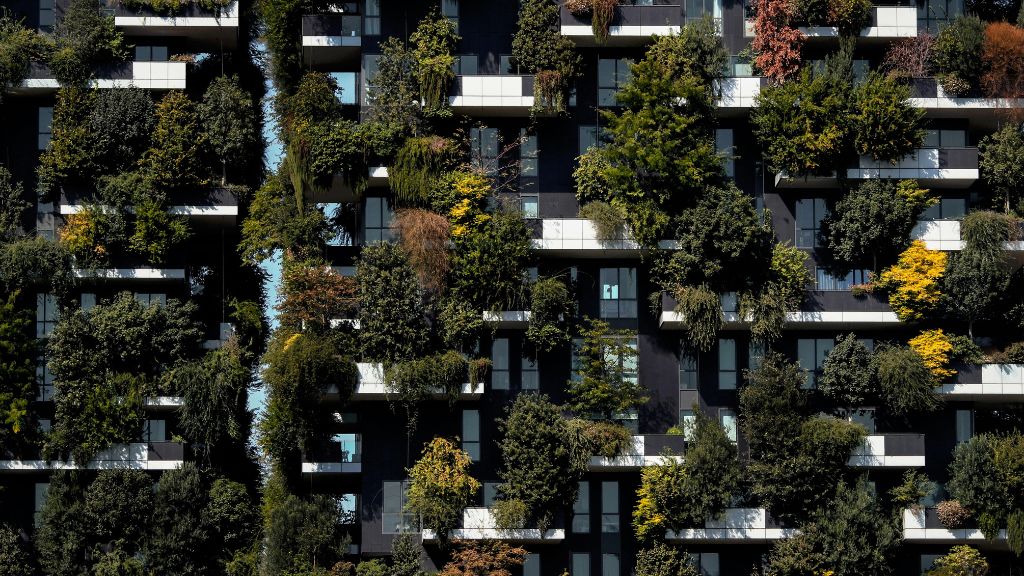
Mitigations
Vertical Forest helps to build a micro-climate and to filter dust particles which are present in the urban environment. The diversity of the plants helps to create humidity and absorbs CO2 and dust, produces oxygen, protects people and houses from harmful sun rays and from acoustic pollution.
Anti-sprawl Vertical Forest is an anti-sprawl measure which aims to control and reduce urban expansion. If we think of them in terms of urban densification, each tower of the Vertical Forest is equivalent to an area of urban sprawl of family houses and buildings of up to 50,000 square metres.
Trees
Are a key element in understanding architectural projects and garden systems. In this case the choice of the types of trees was made to fit their positioning on the facades and by height, and it took two years to finalize it, alongside a group of botanists. The plants used in this project will be grown specifically for this purpose and will be pre-cultivated. Over this period these plants can slowly get used to the conditions they will find on the building.
Ecology billboards
Vertical Forest is a landmark in the city of Milan which is able to depict new kinds of variable landscapes changing their look over seasons, depending on the types of plants involved.
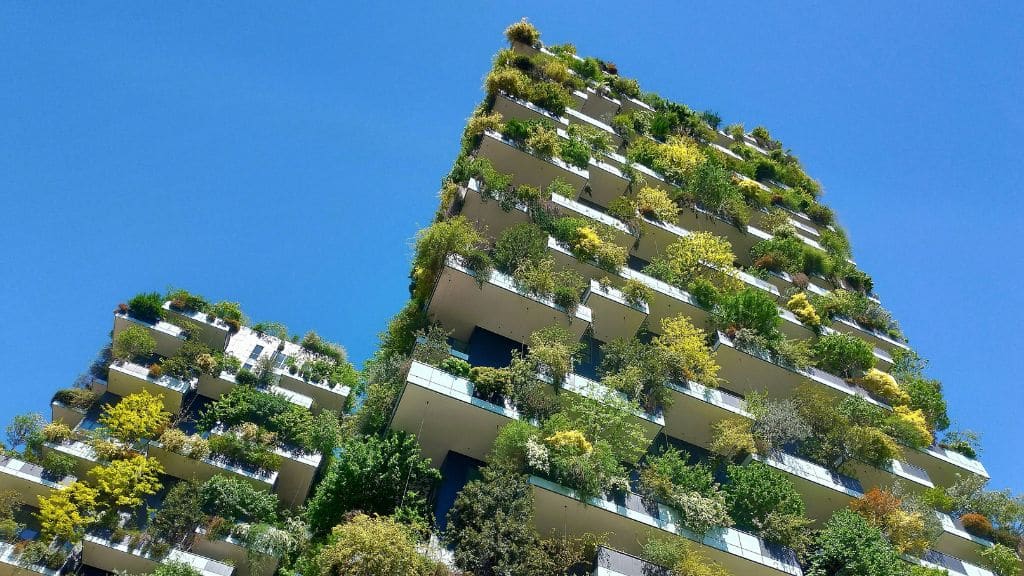
Management and irrigation
The management of the tree pots is under building regulation, as well as the upkeep of the greenery and the number of plants for each pot. In order to understand the need for water, the plan for these buildings took into account the distribution of plants across the various floors and their positioning.
The Bosco Verticale was designed by architects Stefano Boeri, Gianandrea Barreca and Giovanni La Varra from Boeri Studio.
The future of Vertical Forests
We really hope to se more and more skyscrapers like this one in city environments. It could change the way we live in urban surroundings!
And it would also mean more people could plant their Bios Urn close to home without having to have a garden.
We just see benefits to projects like theses so hope that they become more and more frequent in the near future.

Do you know of any more Vertical Forests around the world? If so let us know in the Comments section below! We´d love to hear from you.
Join our mailing list to keep you updated of all Bios® news and get a 10% Discount!
Comments
Trackbacks
-
[…] Bosco Verticale : discover this amazing Vertical Forest in Milan (urnabios.com) […]
-
[…] milánói függőleges erdő két 80 és 112 méteres toronyból áll, amelyekben 480 nagy és közepes méretű fa, 300 kisebb fa, 11 000 évelő és takarónövény […]
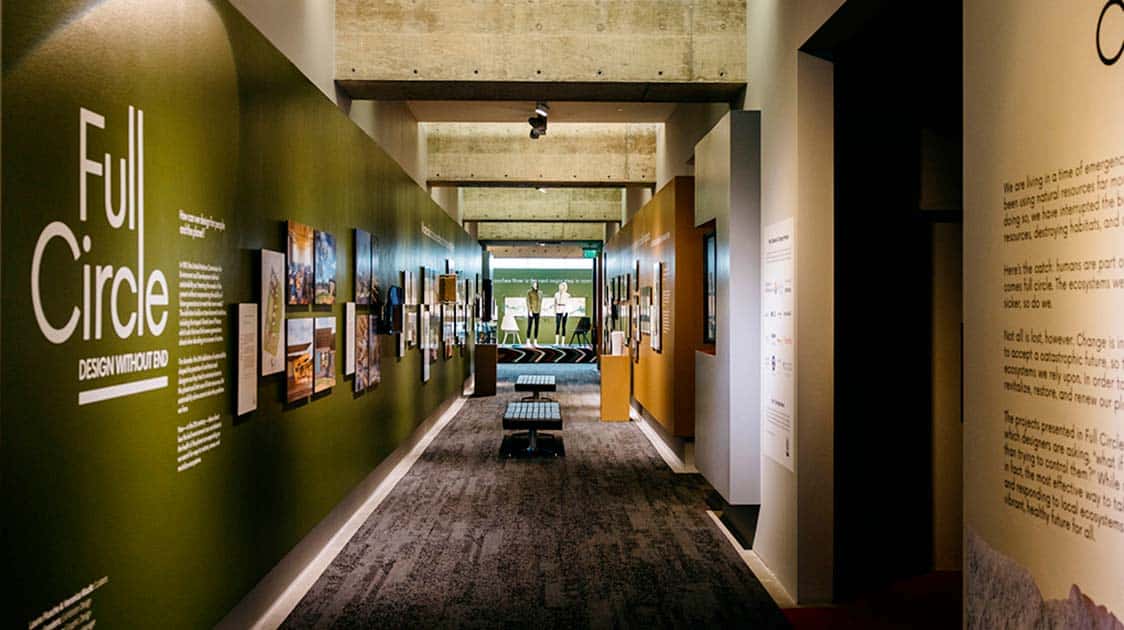
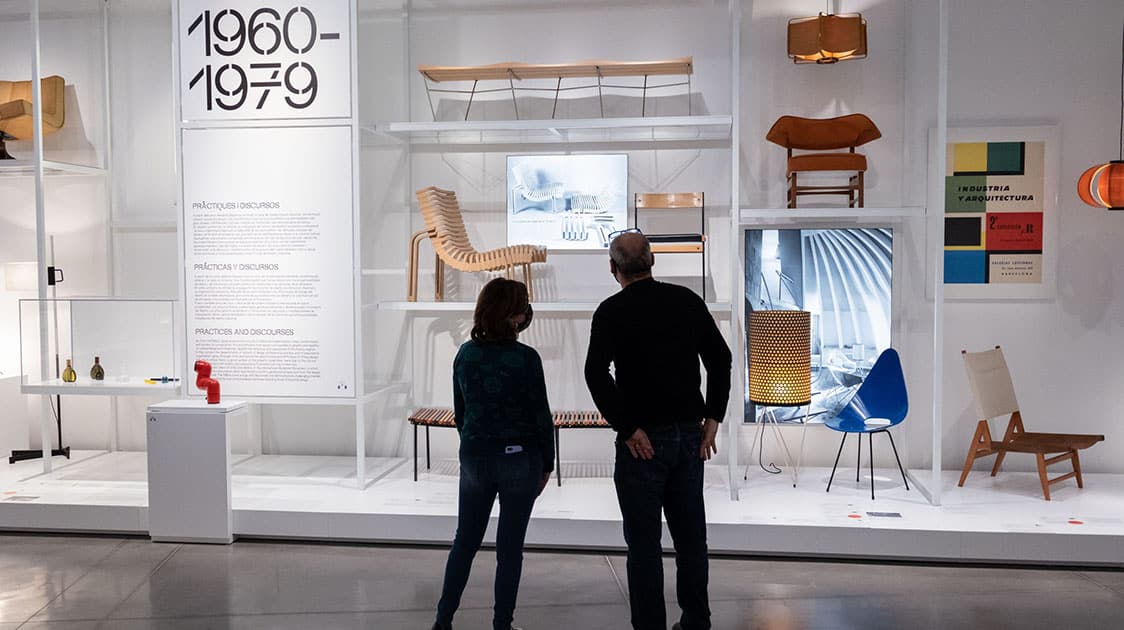

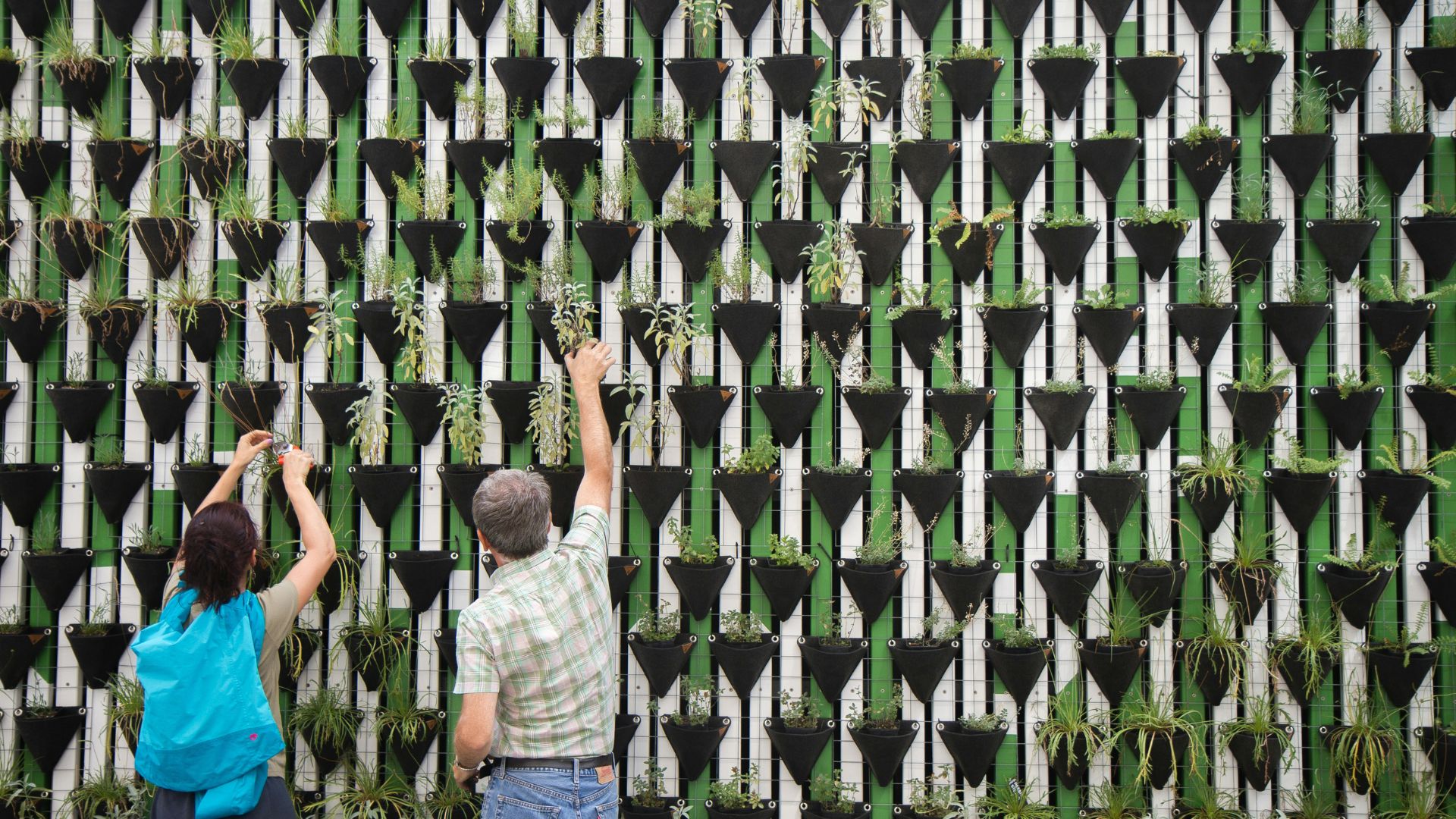



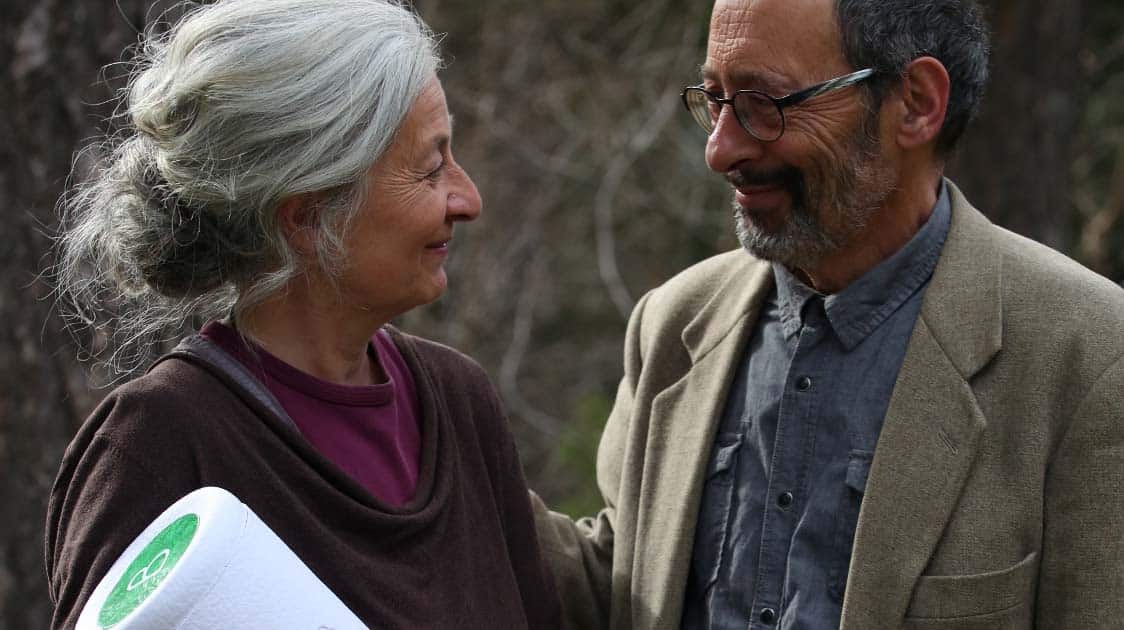
Forgive me, but you are sadly mistaken here.
As an Urban Forester and a Consulting Arborist, I can professionally attest to the fact that this building is an overt abuse of trees as a living entity that should live for many decades if not centuries.
Planting trees in such an environment CANNOT support long term growth nor satisfy a tree’s pre-eminent need for an adequate accessible rootable volume of soil.
In addition, the requirements involved in the engineering of such a structure that can accommodate the additional weight of soil and plant material combined with irrigation needs raises the cost of rent / maintenance into the stratosphere. Certainly not the sort of building that most people could afford to live in.
Trees belong in the ground in an adequate open and accessible volume of living soil. That’s the only way we can approximate the genetic conditions our urban trees have evolved with and that’s where our trees can benefit the greatest number of people and contribute most to biodiversity.
Recommending and applauding the likes of this foolish and wasteful building concept is anti lower and middle class, anti tree as well as anti Ecosystem Services (ES) benefits. Extensive research has established that it is the mature canopy tree that delivers ES benefits – smaller or understory trees cannot deliver the same benefits, no matter how many you plant. In order for canopy trees to reach maturity and thrive, their needs MUST be satisfied and trees planted along the facade of such a building can’t and won’t thrive into maturity – EVER!!!
Please re-think your applause
Thank you so much for taking the time to write to us Naomi and sharing your very valuable point of view. We write about topics that we find interesting and relevant and we always invite any opinion to be shared publicly and to open up a dialogue around them. We like to listen to all opinions, especially when they come from an expert in said field like your case. Thank you again for taking the time to write to us, we greatly appreciate it and will definitely consider this point of view when writing about similar topics in the future.
If anyone else would like to share their opinion, please do so here!
I suspect that this could exist only in a warm climate. A lover of nature and greenspace in urban areas, I’m sad to hear the negative side of it…..it seemed so desirable.
Yes we suppose that it would be more of a challenge in a colder climate. Hopefully further innovation can be made to avoid the negative side of such an idea and a way to introduce it into colder climates! Thank you for taking the time to write, we really appreciate it!